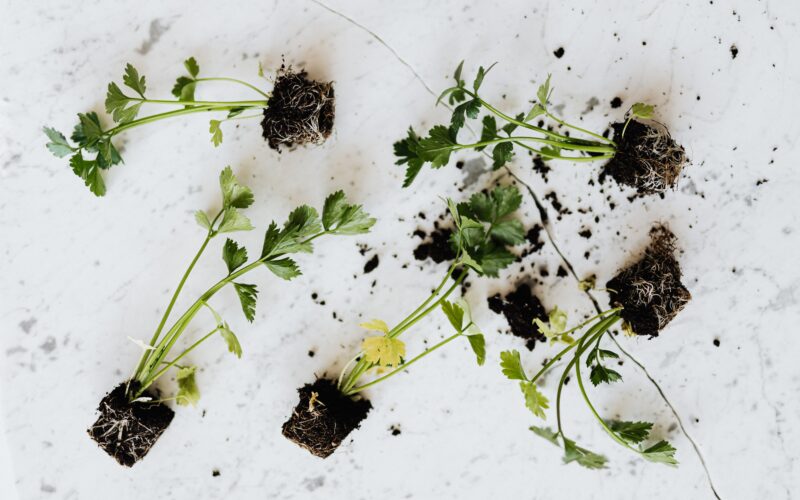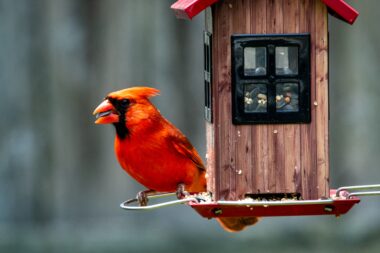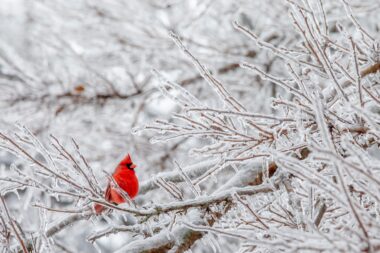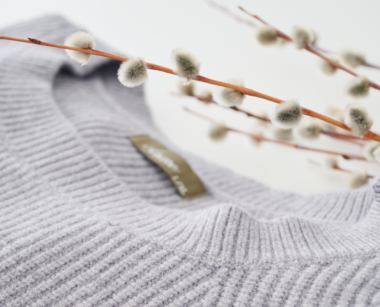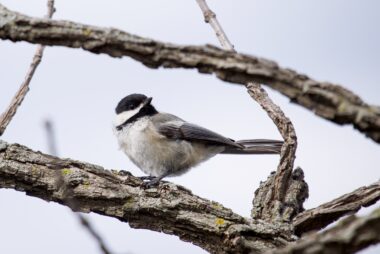Whether you have a huge plot of land or just some window-sill space, almost everyone can create and enjoy their own eco-friendly, sustainable garden. You just have to start small, learn as you go, and before you know it you’ll have the greenest of thumbs. Check out our favourite tips for starting a sustainable garden any time of year.
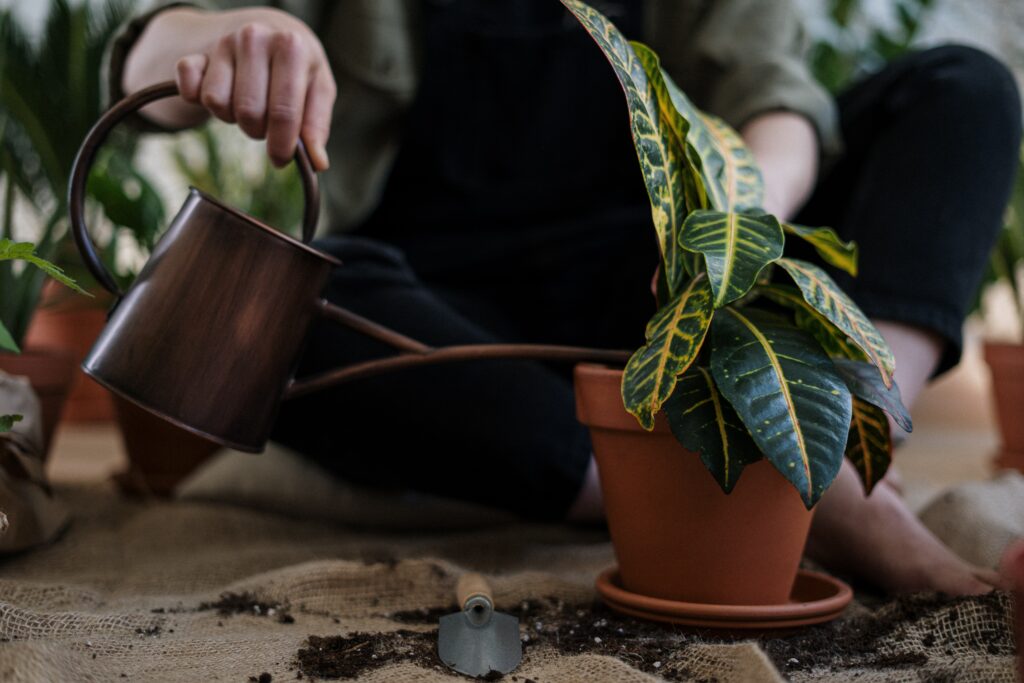
1. Water Your Plants With Rice Water
Rice water has many beneficial nutrients for your plants. When you wash your rice, the leftover water contains small amounts Nitrogen, Phosphorus, Potassium (NKP). NKP are the main ingredients in most fertilizers since they’re key for healthy plant development. The high starch content in rice water adds to the mix by providing energy for the plant’s growth. A little bit of rice water sprinkled on your seedlings in particular could give them a little boost.
Rice water can be stored for 5-7 days in the refrigerator and used to water your plants every 2-3 weeks. While rice water is beneficial for plants, overwatering with it may be harmful. The high starch content can attract pests or promote bad bacteria growth. So use sparingly and give your plants a rice water treat only once or twice a month.
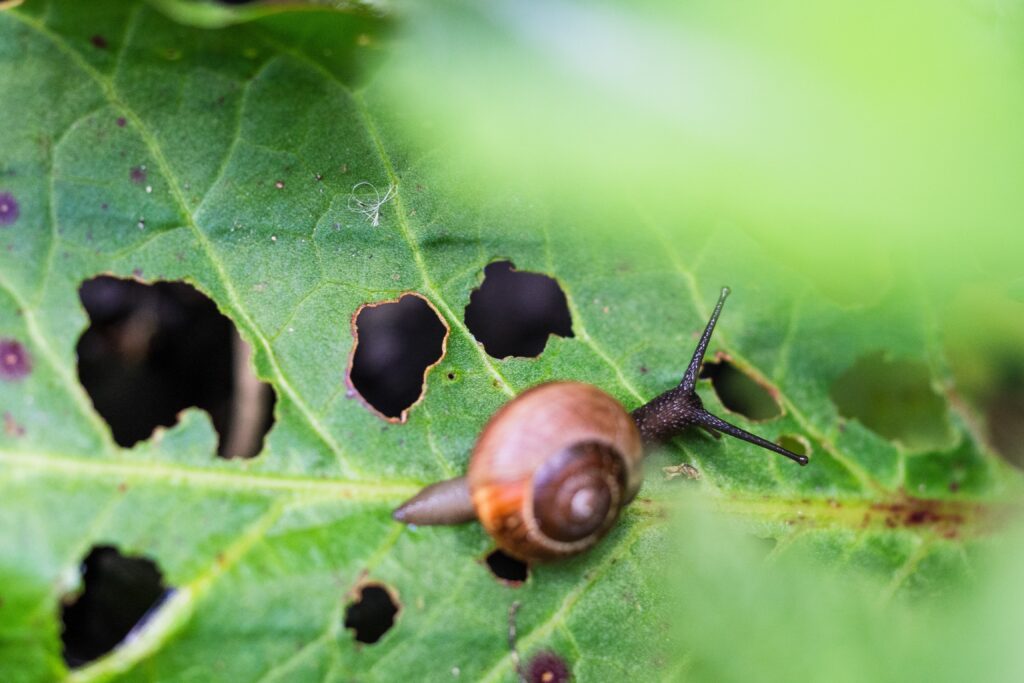
2. Avoid Toxic Pesticides
In 2019, the global pesticide market was worth almost 100 billion USD. Pesticides and insecticides line most garden stores, stacked full of chemicals promising to eliminate your pest problems. But these solutions don’t just harm plant pests, they can be detrimental to other animal life, you, and the environment. Run-off water from pesticides enters soil and waterways, polluting and killing other bacteria and animal life. Using pesticides can be particularly harmful to bees, impacting their reproduction, navigation and memory.
By their nature pesticides are going to be a bit toxic, at the very least to the pests you’re trying to get rid of. But if you need to get rid of pests, start with the least toxic method possible first. Botanical insecticides have ingredients extracted from plants like Capsaicin, Allicin (Garlic) and Neem. They can be an effective, low toxic way to repel insects. Practicing techniques like crop rotation, avoiding overhead irrigation and proper plant spacing can also help with pest management.
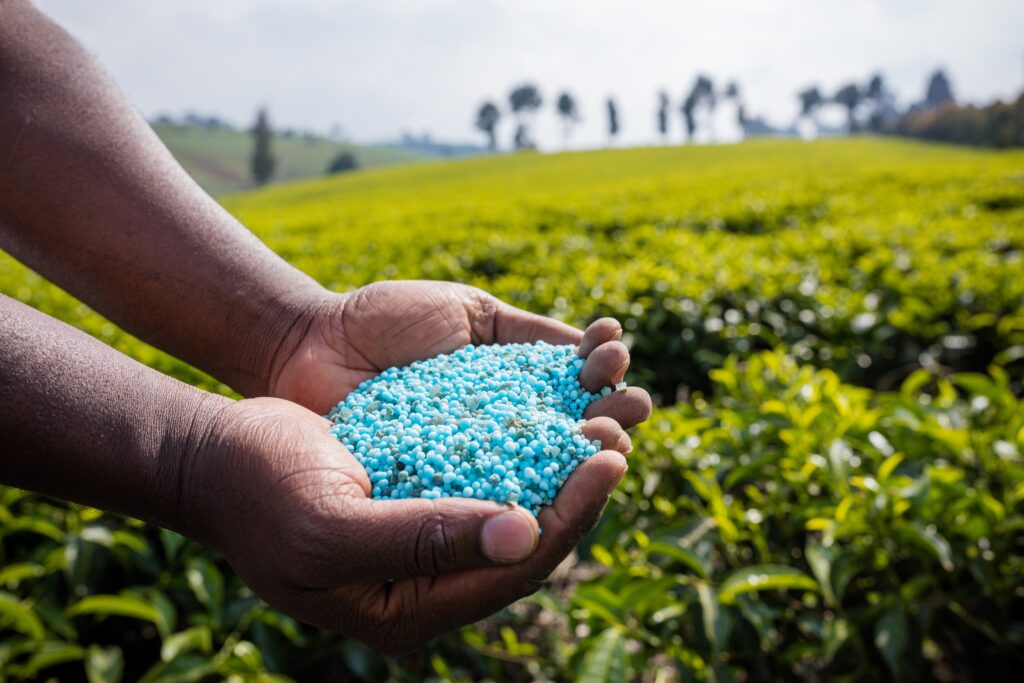
3. Avoid Synthetic Fertilizers
Synthetic, or chemical, fertilizers contain “man made” nitrogenous or phosphatic fertilizer materials, usually taken from by-products of the petroleum industry. They’re effective at giving plants a quick nutrient boost but their impacts aren’t long lasting. Most synthetic fertilizers need to be reapplied regularly with little to no nutrients benefiting the soil. And in some cases, overusing chemical fertilizers can have the opposite effect and burn your plants. On top of that, the production of ammonia (used in huge quantities in chemical fertilizers) is responsible for 1-2% of global greenhouse emissions.
For more on industrial greenhouse emissions, check out Which Industries are the Most Environmentally Damaging?
On the other hand, organic fertilizers have the same elements as synthetic fertilizers but they’re derived from once-living organisms. One of the key differences in the effects of organic versus synthetic fertilizers is their impact on the soil. Organic fertilizers are slow releasing with the ability to improve soil structure, increase drainage and nutrient retention. Avoiding synthetic fertilizers and opting for organic helps create a more sustainable garden for your plants and the environment.
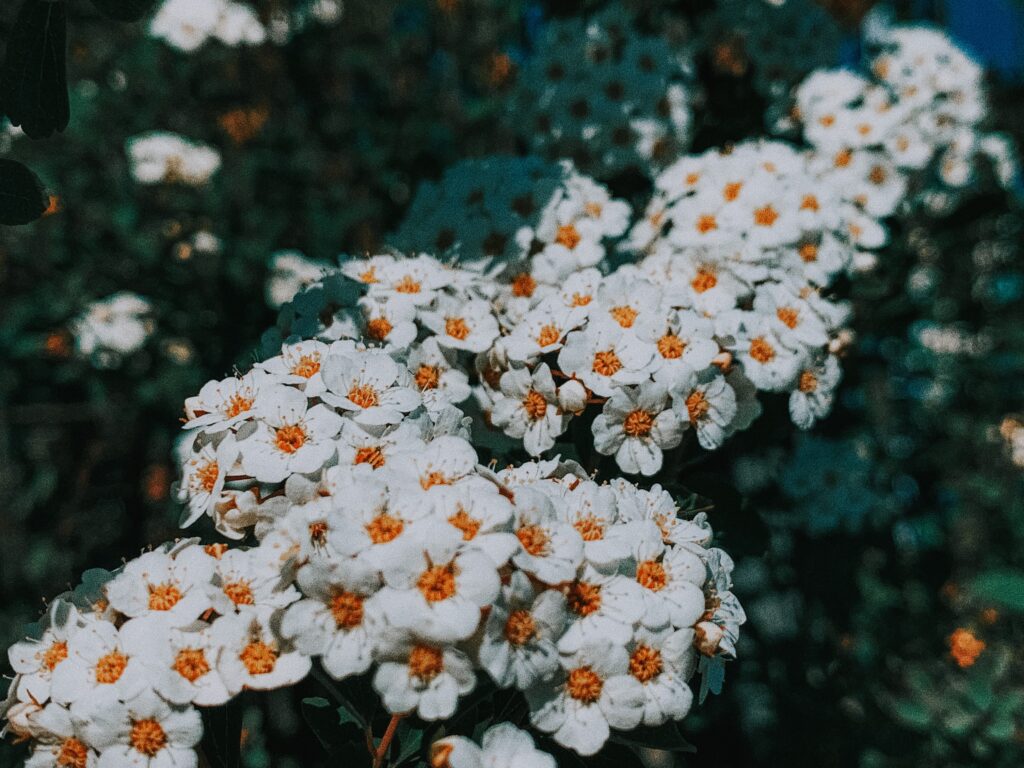
4. Plant Native Species
Each area has its own native plants. Native plants occur in a region naturally and haven’t been brought in from somewhere else. They’re key to a healthy ecosystem, providing habitats and sustenance for insects, birds and other animals.
Unfortunately, most residential yards in the US are turf lawn, covering 40 million acres in total. Canada’s in a similar boat with 6.2 million lawns. Lawns are harmful to the environment through high energy usage, toxic chemical pesticides and fertilizers and high water usage. In addition, they remove crucial plant species from an area disrupting the food web and ecosystem. Planting native species in your garden can help restore your area’s ecosystem. They provide a home and food source for essential microorganisms, pollinators and other animals.
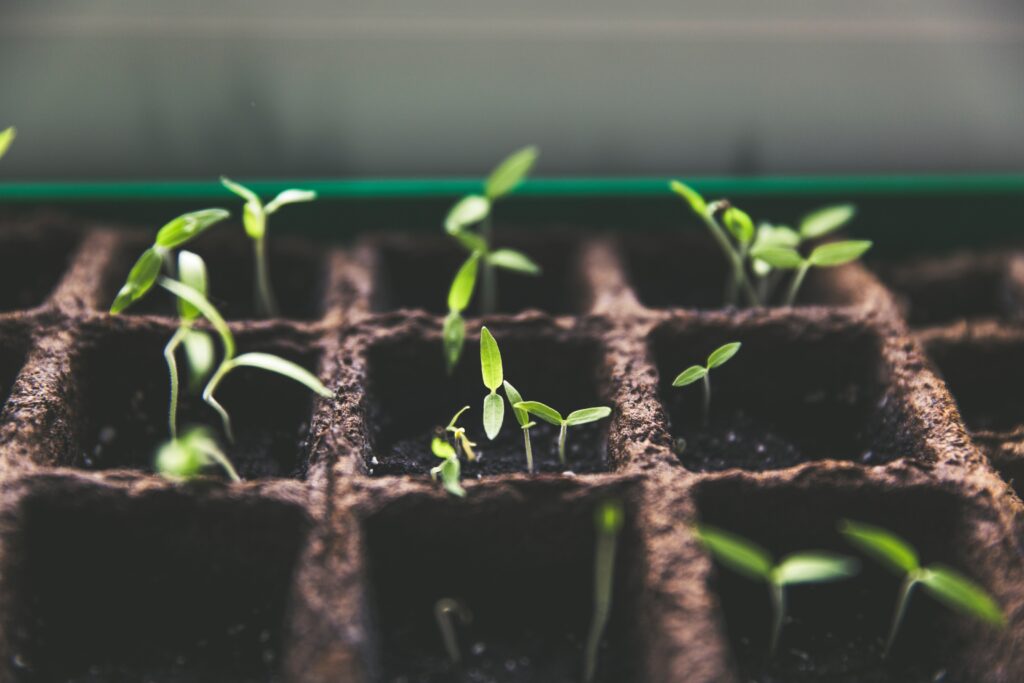
5. Use Sustainable Plant Pots
Last on our list of tips for starting a sustainable garden is to use sustainable plant pots. Plastic dominates the plant pot industry. Pots made from plastic are accessible, affordable and durable. But they also contribute an estimated 1.66 billion pounds of plastic to the environment every year. Unfortunately, most plastic plant pots aren’t recycled with 98% ending up in landfills. Those made from polypropylene typically aren’t recycled at all.
But there are more eco-friendly alternatives available. For seedlings, egg cartons can be used and composted afterwards. Clay or fabric pots can work well for herbs and flowers. Hemp sacks can be used instead of plastic pots for larger vegetables like potatoes and carrots.
Sustayn is designed to present the most useful recommendations for environmentally friendly approaches and items. We update links when possible, but note that links can be broken and subject to change.
